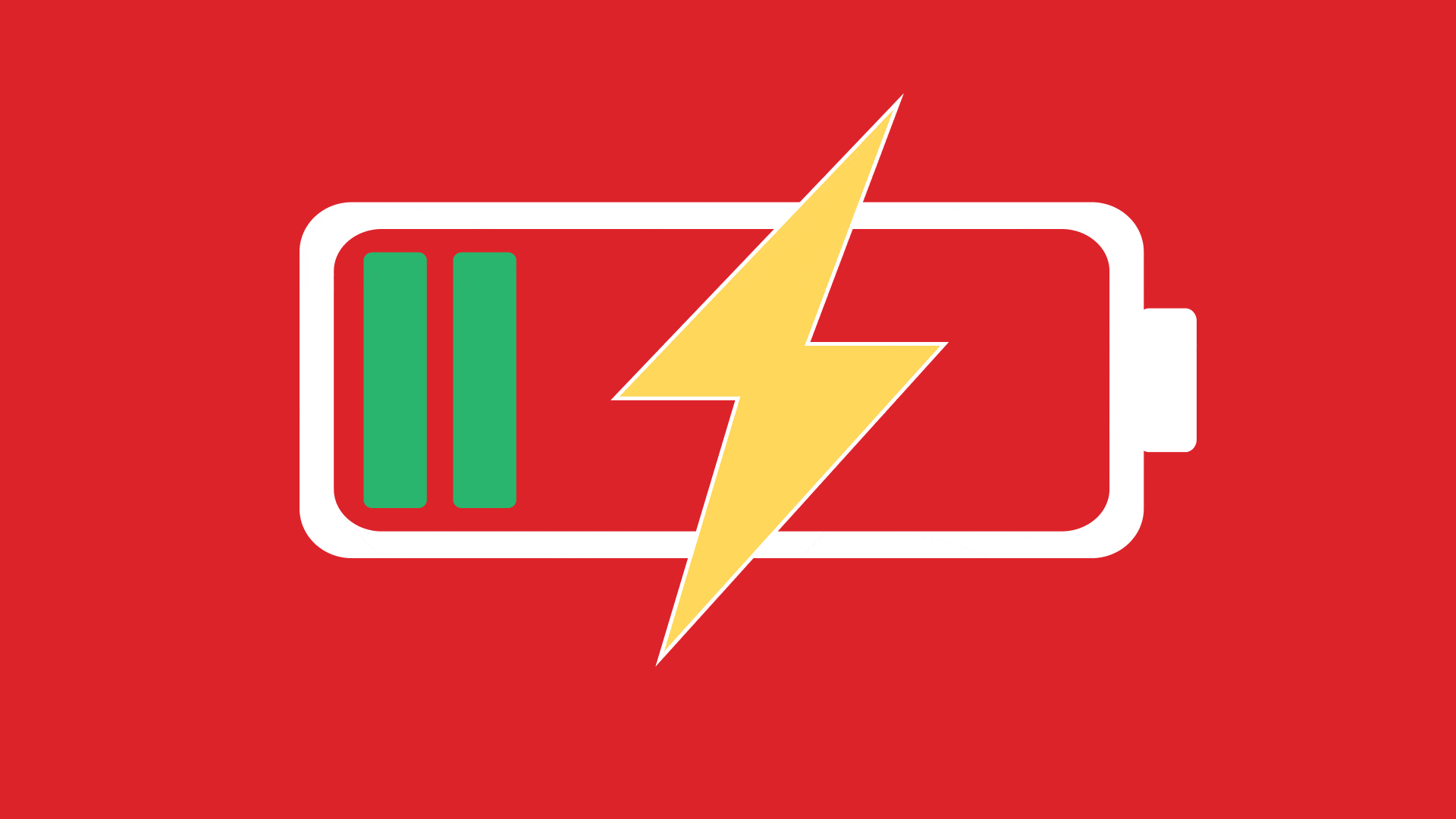
How to Incorporate Mindful Breaks into Learning and Training
“Idleness is not just a vacation, an indulgence or a vice; it is as indispensable to the brain as vitamin D is to the body, and deprived of it we suffer a mental affliction as disfiguring as rickets.”
– Tim Kreider, The New York Times
Have you ever been stuck trying to solve a problem or wrap your mind around some new learning? You sit there, concentrating deeply, until you just have to take a break. Maybe you take a walk around the block or a quick shower. And when you return – like magic – you’ve got it. The information is suddenly clear or the answer just “comes” to you.
You see, while your conscious brain “took a lap,” your unconscious brain kept working. In fact, that break time was critical because it gave your brain time to incubate (essentially let all your thought elements marinate) and form the right solution or clarify the new learning.
The Science of Taking a “Learning” Break
Breaks are really important. In fact, taking a break has been shown to improve work performance and productivity. And it’s critical for long-term learning – which is why techniques like distributed practice (spacing) is so effective. In fact, science tells us that the brain needs breaks to elaborate and fully encode information into memory.
Breaks that are Detrimental to Learning
But all breaks are not created equal. Some break activities are MUCH better for our brains – and our learning, memory and focus – than others. For example, we know that taking a nap, exercising and mediating are all good ways to give your brain a break and improve its ability to learn.
Did you notice what’s not on that list? Checking social media, answering emails or texting friends. In fact, research shows that these behaviors can be distracting and stressful and, in turn, detrimental to learning:
“The circuitry activated when you connect online is the seeking circuitry of dopamine. Yet when we connect with people online, we don’t tend to get the oxytocin or serotonin calming reward that happens when we bond with someone in real time, when our circuits resonate with real-time shared emotions and experiences. An overabundance of dopamine — while it feels great, just as sugar does — creates a mental hyperactivity that reduces the capacity for deeper focus.” – Harvard Business Review: Your Brain on Facebook
Additionally, checking in on social media or work activities in the flow of learning doesn’t leave space for the newly learned information to settle/marinate in the mind (which, as we saw above is critical for turning short term memory into long-term retention). It also creates more mental clutter, which leads to a lack of focus.
How to Encourage more Effective Breaks
The key to taking effective breaks – ones that improve your energy rather than decreasing your ability to focus – is three fold:
Make the breaks short – If a break is too long, it’s hard to regain focus; too short and the break hasn’t had time to work its magic. So what’s the magic number? Research shows that for every 52 minutes of work (or learning) people need a 17-minute break. Additional studies support this notion, revealing, for example, that people who took 10-20 minute naps within the workday or between learning sessions, immediately experienced enhanced performance and were able to reengage much faster than those who took 20-30-minute naps.
Encourage mindful breaks – Encourage employees to not fall into the trap (or give into the temptation) of checking their social media accounts or email during “break” times. As we saw above, these activities can be detrimental to learning. Instead, help employees practice more mindful breaks – inspire them to take a walk, go to lunch or even just zone out in the break room for a few minutes. Tell them how about the benefits of giving their brain a chance to breathe and rest, and help them see how mindful breaks can improve their ability to learn, remember and move through training events more quickly.
Incorporate Meditation – Nike, Aetna and Goldman Sachs are all incorporating meditation as a way to relieve employee stress and encourage increased productivity. Research shows that brief meditation training can reduce fatigue and anxiety. Moreover, brief mindfulness training significantly improves visuo-spatial processing, working memory, and executive functioning – critical components of the learning process.
“Meditation appears to increase the volume and density of the hippocampus, a seahorse-shaped area of the brain that is absolutely crucial for memory; it thickens regions of the frontal cortex that we rely on to rein in our emotions; and it stymies the typical wilting of brain areas responsible for sustaining attention as we get older.” – Scientific American
Fulcrum and Mindful Breaks
Within the Fulcrum platform, our adaptive hints and recommendation feature encourages learners to take breaks at key intervals, and as a company, we’re working on ways to help learners make those suggested breaks more mindful (and, in turn, more effective). Want to learn more about our approach? Let’s connect and schedule some time for a short demo of our Adaptive 3.0 learning platform.
